Mozambique: Cabo Delgado ruby mine plans triple processing with $70M investment
North Korea nuclear: State claims first hydrogen bomb test
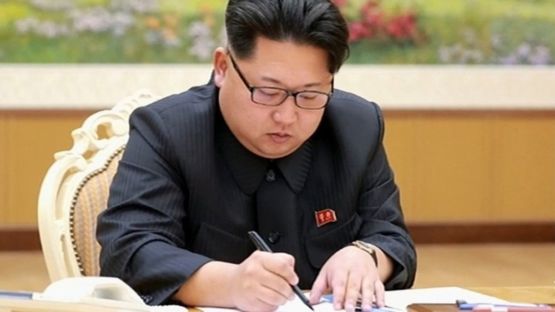
BBC News
North Korea says it has successfully tested a miniaturised hydrogen bomb which, if confirmed, would be its fourth nuclear test since 2006.
It came after a 5.1 magnitude quake was detected close to its nuclear test site at Punggye-ri, indicating a test may have been conducted.
This is North Korea’s first claim to have tested a hydrogen nuclear bomb – more powerful than an atomic bomb.
International experts have cast doubt over the North’s nuclear capabilities.
Suspicion of an underground test was first raised after the US Geological Survey said the epicentre of the quake – detected at 10:00 Pyongyang time (01:30 GMT) – was in the north-east of the country, some 50km (30 miles) from Kilju city, near Punggye-ri.
Then in a surprise announcement, a newsreader on North Korean state TV said: “The republic’s first hydrogen bomb test has been successfully performed at 10:00 am on January 6, 2016.”
It could be days or weeks before independent tests are able to verify the claim.
Last month, North Korean leader Kim Jong-un said Pyongyang had developed a hydrogen bomb, although many experts were sceptical.
If confirmed, it would mean Pyongyang is intent on pursuing its nuclear programme with little regard for the major political and diplomatic costs that will inevitably accompany this unwelcome development, says Dr John Nilsson-Wright of Asia Programme at Chatham House.
This test, which North Korea claims is a hydrogen bomb, is a step up in destructive power from the plutonium used in previous tests. It gives more explosive power for a lighter weight.
After the test in 2013, there was widespread condemnation. The UN Security Council held an emergency meeting at which its members, including China, “strongly condemned” the test. Similar outrage is expected this time. Prime Minister Abe of Japan has said this fourth test was a “serious threat to the safety of his nation”.
On top of any fourth nuclear test, North Korea also appears to have tested a submarine-launched missile. The ability to launch missiles from submarines would change the whole calculation of military response because warning times of an attack on, for example, the West Coast of the United States would be much shorter.
Before the test, North Korean state media said the country “deserved to hold nuclear weapons… to counter nuclear threats by the US”.
Experts believed before the fourth test that North Korea was still some years from being able to hit a target with a nuclear bomb delivered by a missile. But it is crystal clear that it is absolutely determined to be able to do so. It is also clear that it is improving its abilities rapidly.
Hours before the seismic activity, South Korean media reported that Pyongyang had test-fired a ballistic missile from a submarine in late December. It is unclear whether the test was successful or not.
In May last year, North Korea claimed it had successfully launched a missile from a submarine.
Strong reaction started pouring in after the North Korean announcement of the hydrogen bomb test, with South Korea saying it was a serious challenge to global peace and a violation of UN Security Council resolutions.
The Japanese Prime Minister Shinzo Abe said it was a threat to Japan’s safety and could not be tolerated.
The US called on North Korea to abide by its international commitments and obligations saying it would respond to provocations.
After previous tests, the international community has responded with economic and political sanctions.


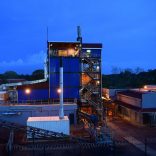
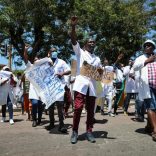


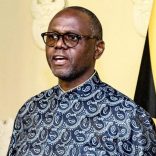

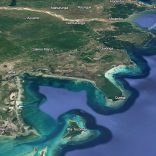
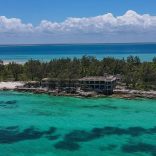

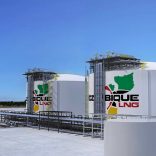
Leave a Reply
Be the First to Comment!
You must be logged in to post a comment.
You must be logged in to post a comment.